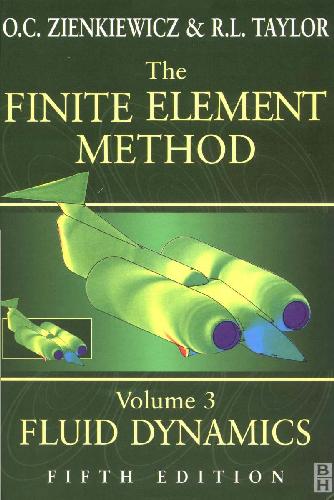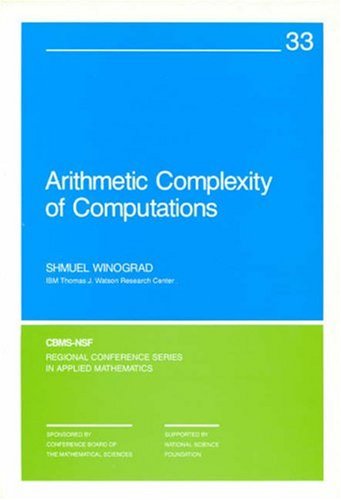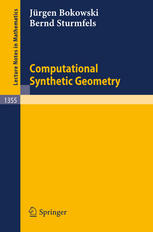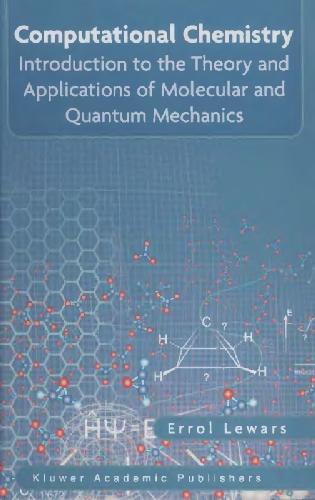O. C. Zienkiewicz, R. L. Taylor9780750650502, 0-7506-5050-8, 0750650494, 0750650559
Table of contents :
Preface to Volume 3……Page 13
Acknowledgements……Page 14
1.1 General remarks and classification of fluid mechanics problems discussed in the book……Page 15
1.2 The governing equations of fluid dynamics……Page 18
1.3 Incompressible (or nearly incompressible) flows……Page 24
1.4 Concluding remarks……Page 26
2.1 Introduction……Page 27
2.2 the steady-state problem in one dimension……Page 29
2.3 The steady-state problem in two (or three) dimensions……Page 40
2.4 Steady state – concluding remarks……Page 44
2.5 Transients – introductory remarks……Page 46
2.6 Characteristic-based methods……Page 49
2.7 Taylor-Galerkin procedures for scalar variables……Page 61
2.9 Non-linear waves and shocks……Page 62
2.10 Vector-valued variables……Page 66
2.11 Summary and concluding……Page 73
3.1 Introduction……Page 78
3.2 Characteristic-based split (CBS) algorithm……Page 81
3.3 Explicit, semi-implicit and nearly implicit forms……Page 90
3.4 ‘Circumventing’ the Babuska-Brezzi (BB) restrictions……Page 92
3.5 A single-step version……Page 94
3.6 Boundary conditions……Page 95
3.7 The performance of two- and single-step algorithms on an inviscid problems……Page 99
3.8 Concluding remarks……Page 101
4.1 Introduction and the basic equations……Page 105
4.2 Inviscid, incompressible flow (potential flow)……Page 107
4.3 Use of the CBS algorithm for incompressible or nearly incompressible flows……Page 111
4.4 Boundary-exit conditions……Page 114
4.5 Adaptive mesh refinement……Page 116
4.8 Slow flows – mixed and penalty formulations……Page 127
4.9 Non-newtonian flows – metal and polymer forming……Page 132
4.10 Direct displacement approach to transient metal forming……Page 146
4.11 Concluding remarks……Page 147
5.1 Introduction……Page 157
5.2 Free surface flows……Page 158
5.3 Buoyancy driven flows……Page 167
5.4 Turbulent flows……Page 175
6.1 Introduction……Page 183
6.2 The governing equations……Page 184
6.3 Boundary conditions – subsonic and supersonic flow……Page 185
6.4 Numerical approximations and the CBS algorithm……Page 187
6.5 Shock capture……Page 188
6.6 Some preliminary examples for the Euler equation……Page 190
6.7 Adaptive refinement and shock capture in Euler problems……Page 194
6.8 Three-dimensional inviscid examples in steady state……Page 202
6.9 Transient two and three-dimensional problems……Page 209
6.10 Viscous problems in two dimensions……Page 211
6.11 Three-dimensional viscous problems……Page 221
6.12 Boundary layer-inviscid Euler solution coupling……Page 223
6.13 Concluding remarks……Page 226
7.1 Introduction……Page 232
7.2 The basis of the shallow-water equations……Page 233
7.3 Numerical approximation……Page 237
7.4 Examples of application……Page 238
7.5 Drying areas……Page 250
7.6 Shallow-water transport……Page 251
8.1 Introduction and equations……Page 256
8.2 Waves in closed domains – finite element models……Page 257
8.5 The short-wave problem……Page 259
8.6 Waves in unbounded domains (exterior surface wave problems)……Page 264
8.8 Boundary dampers……Page 267
8.9 Linking to exterior solutions……Page 269
8.10 Infinite elements……Page 273
8.11 Mapped periodic infinite elements……Page 274
8.12 Ellipsoidal type infinite elements of Burnnet and Holford……Page 275
8.13 Wave envelope infinite elements……Page 276
8.14 Accuracy of infinite elements……Page 278
8.15 Transient problems……Page 279
8.16 Three-dimensional effects in surface waves……Page 280
9.1 Introduction……Page 288
9.2 The data input module……Page 289
9.3 Solution module……Page 292
9.5 Possible extensions to CBSflow……Page 303
Appendix A Non-conservative form of Navier-Stokes equations……Page 305
Appendix B Discontinuous Galerkin methods in the solution of the convection-diffusion equation……Page 307
Appendix C Edge-based finite element forumlation……Page 312
Appendix D Multigrid methods……Page 314
Appendix E Boundary layer-inviscid flow coupling……Page 316
Author index……Page 321
Subject index……Page 329







Reviews
There are no reviews yet.